The Isle of Man’s 2022 annual greenhouse gas inventory is the latest emissions data to be published, and is showing an increase of 9% year on year but a 5% decrease since 2018 (the Island’s baseline year).

The most notable decline since 2018 is observed in the buildings category, and is primarily attributed to reduced heating demand stemming from residential and commercial buildings. Factors contributing to this decrease include a shift towards energy-efficient practices, likely prompted by rising prices of gas and oil. Additionally, milder winters, a consequence of climate change, have led to decreased heating requirements.
Government-backed support schemes have played a role in enhancing energy efficiency measures within households. However, it's crucial to note that the decline in emissions is not solely a result of deliberate climate policies but rather influenced by economic factors such as fluctuating fossil fuel prices.
A further decrease has been seen in the transport category. This is due to the travel restrictions brought about by Covid – some transport emissions have not yet returned to pre-Covid levels.

In terms of year on year emissions, the expected increase stems from electricity generation – in 2021, more electricity was imported due to an outage at the Power Station in Douglas. Imported electricity is not accounted for in the Island’s inventory as it is generated in the UK and accounted for there. But in 2022, we returned to on-Island generation hence the rise in emissions.
In other areas, transport emissions were up year on year as we saw the return to off-Island air travel following Covid. However it is cars which dominate this sector at almost 80% of overall transport emissions
Carbon storage (sequestration) from net land use has decreased by 17% in 2022 compared to 2021. This reduction in sequestration is mostly due to an increase in cropland area in 2022, and therefore a grassland to cropland land use transition accounts for this increase.
The latest figures published are from 2022, as there is a 2 year lag on emissions calculations. Emissions calculations or the audited breakdown of our emissions are performed independently by Aether and count towards the UK’s NDCs (nationally determined contributions).
Work is still needed to reduce the Island’s emissions further, and much of the strategic policy work being undertaken by the Isle of Man Government is still to be agreed and implemented; the Climate Change Plan 2022-27 was signed off by Tynwald in October 2022 and this data therefore precedes any actions progressed in the plan.
A more evidential report on the Isle of Man's greenhouse gas inventory is due to take place every five years (due in 2026 as the Climate Change Act was approved by Tynwald in 2021) - to ensure accuracy and reflect changes in emissions over time due to various factors, such as technological advancements, climate variability, economic trends and policy implementation.
Key to reaching the Island’s net zero statutory and interim targets is the commitment to 30MW onshore renewable electricity and the 100% electricity decarbonisation target by 2030 which will enable the decarbonisation in the buildings and transport sectors.
Find out more about the Greenhouse Gas Inventory:
